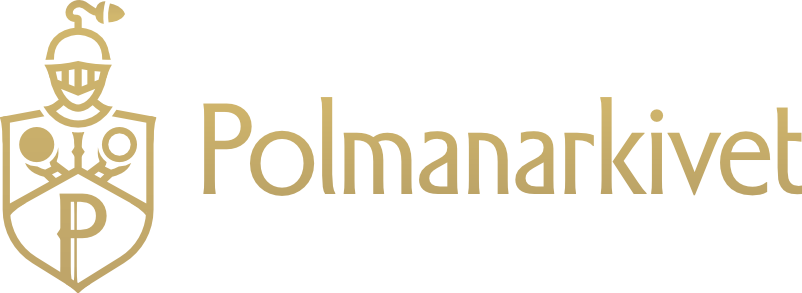Hej
Send a message with the form below, or connect with us on social media. We'll respond within 2 days.
FAQ
What is Polmanarkivet?
Polmanarkivet is the largest museum of cultural history and stories about the Polman, Påhlman, & von Pohlmann family. It is home to hundreds of curated digital objects spanning six centuries. Polmanarkivet contains an extensive repository of digital collections, interactive exhibits, and research material, and is responsible for the collection of items that might be of genealogical or historical value.
Why the Polmans?
Why focus on the Polmans? What makes them so important? The simple answer: we're interested in expanding cultural heritage rather than replicating past research. While the Polmans may not have the same level of notoriety as their titled noble counterparts like the De la Gardie, Oxenstierna, or Wrangel families, this actually makes their story even more fascinating. Much of their history remains inaccessible — buried in archives and written in Swedish or German and largely unknown. Our goal is to bring this information to light and show that their achievements were significant in their time, even if they've been overlooked or forgotten.
Is Polmanarkivet a physical museum?
Polmanarkivet is always open and does innovative museum work — without a physical or permanent building. Physical spaces are expensive and create barriers to access and we want everyone to be able to access our collections, exhibits, and research.
Who is behind Polmanarkivet?
Polmanarkivet is managed by a dedicated team of two staff, a Museum Director and an Editor. We hope to establish more support and an expert counsel with high competence in various subject areas. In the meantime, we are in the process of creating partnerships with other museums, archives, and networks in Sweden and elsewhere. Interested in a partnership with Polmanarkivet? Get in touch.
How are you funded?
Polmanarvkiet is a not-for-profit archive and museum, funded through self-funds, contributions, and memberships. We have no fixed grant or operational income and all contributions and subscriptions help us develop our activities.
How do you ensure your research is accurate?
Our research is grounded in primary and secondary sources from reputable archives and libraries. Every fact is cross-referenced, and all sources are cited to maintain the highest standard of academic integrity. You can find robust footnotes at the end of every article. We welcome corrections and new information from the community to continually improve our accuracy.
How can I contribute to the collection?
We welcome contributions of genealogical information, family stories, and high-quality digital copies of relevant documents or photographs. If you have a physical object you believe may be of interest, please contact us to discuss a potential donation or digital loan. All contributions are formally reviewed for relevance to our collection.
Can I use your images or research?
The use of our original research and images from our physical collection requires attribution. Many curated digital objects from other institutions have their own specific licenses (such as Creative Commons), which are always noted. Please consult our Copyright page for detailed information on usage and proper citation.
I found a mistake. How can I correct it?
We would appreciate any help fixing mistakes, whether they are typos or if we've got something wrong. Let us know by filling out the contact form here.
